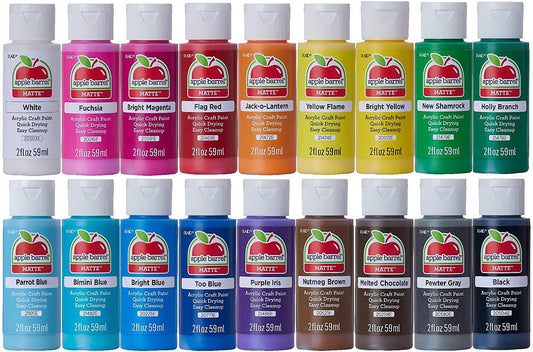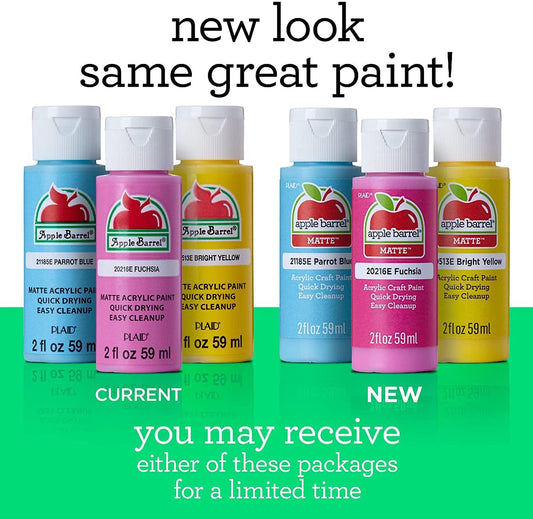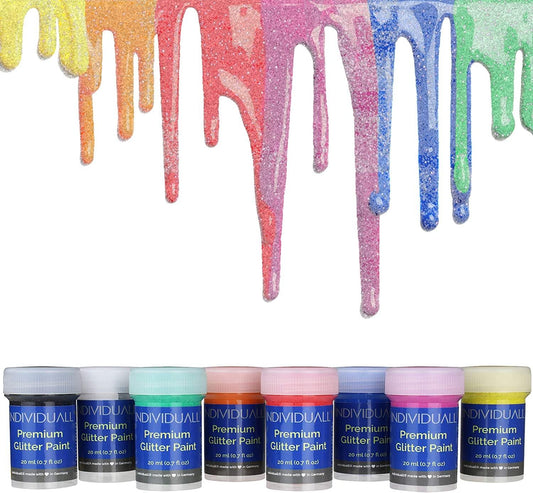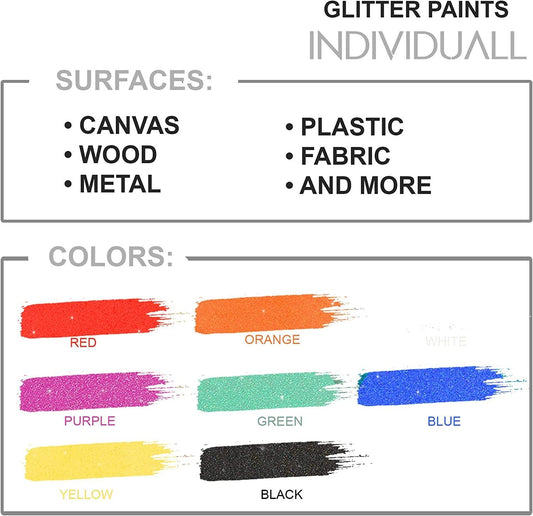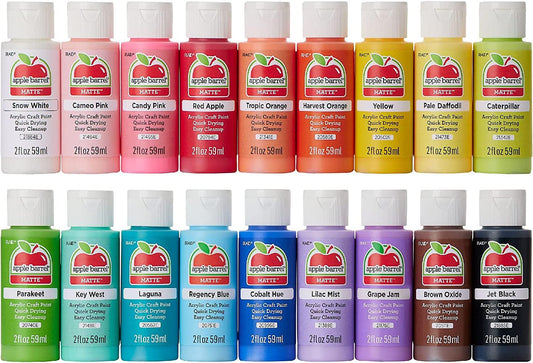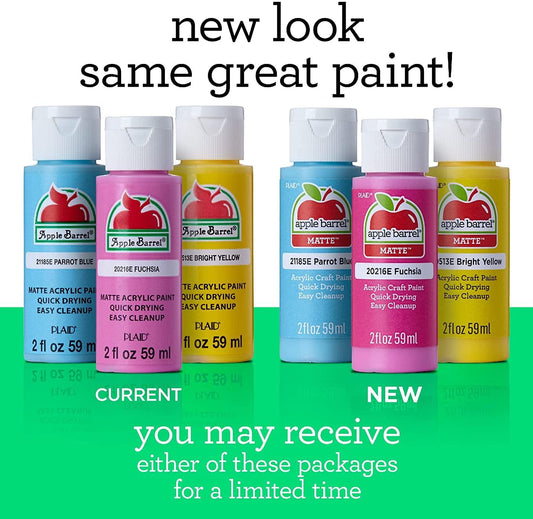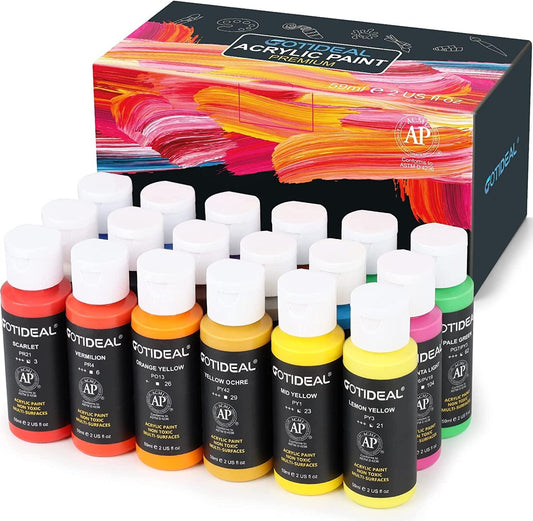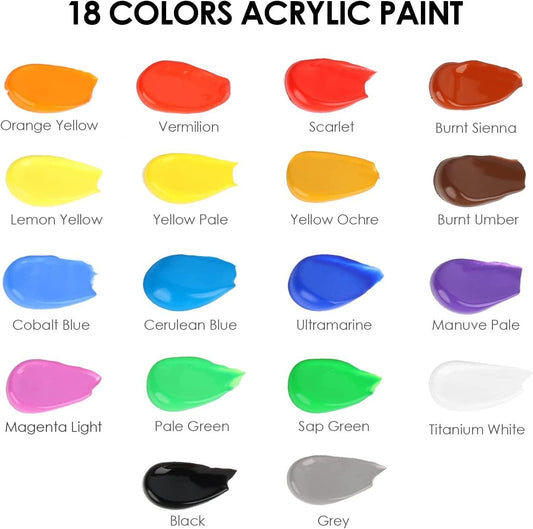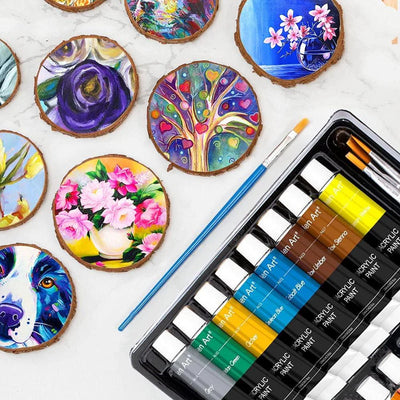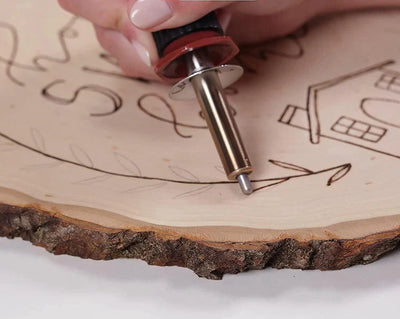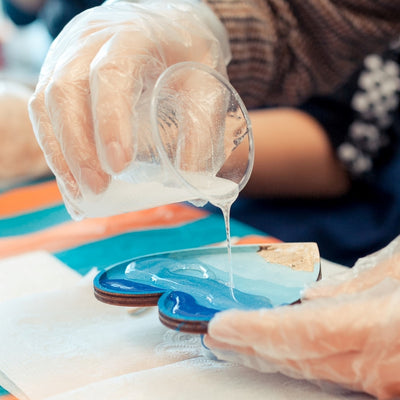Acrylic paint is a versatile medium that allows artists to explore a wide range of techniques and styles. With its quick drying time and vibrant colors, it has become a favorite among artists. In this article, we will explore the top 9 most interesting artistic uses of acrylic paint.
1. Impasto Technique
The impasto technique involves applying thick layers of acrylic paint to create texture and dimension in a painting. Artists can use palette knives or brushes to build up layers, resulting in a three-dimensional effect.
2. Pouring Technique
The pouring technique involves mixing acrylic paint with pouring medium or water and pouring it onto a canvas. This creates mesmerizing abstract patterns and allows for a spontaneous and unpredictable outcome.
3. Glazing Technique
With the glazing technique, artists apply thin layers of transparent or translucent acrylic paint over dried layers of paint. This creates a luminous effect and allows for the buildup of colors and details.
4. Stenciling Technique
Artists can use stencils to create precise shapes and patterns with acrylic paint. Stencils can be made from various materials, allowing for endless possibilities and intricate designs.
5. Textured Collage
Artists can incorporate various materials like tissue paper, fabric, or even sand into their acrylic paintings. This creates interesting textures and adds depth to the artwork.
6. Mixed Media
Acrylic paint works well in combination with other mediums like ink, pastels, or charcoal. Artists can experiment with different materials, creating unique mixed media artworks.
7. Faux Finishes
Artists can use acrylic paint to create faux finishes, imitating the appearance of materials like marble, wood, or metal. This allows for the creation of realistic textures and visual effects.
8. Reverse Painting
In reverse painting, artists apply layers of acrylic paint on the backside of a transparent surface, such as glass or plastic. When viewed from the front, the painting appears vibrant and has a unique luminosity.
9. Monochromatic Art
Artists can explore the use of a single color in different shades and tones to create monochromatic artworks. Acrylic paint's versatility allows for easy blending and layering, resulting in visually stunning pieces.
Acrylic paint offers artists endless possibilities for creativity and expression. Whether it's through impasto, pouring, glazing, or any of the other techniques mentioned, acrylic paint allows artists to push the boundaries of their imagination. So go ahead, grab your brushes, and start exploring these fascinating artistic uses of acrylic paint.











